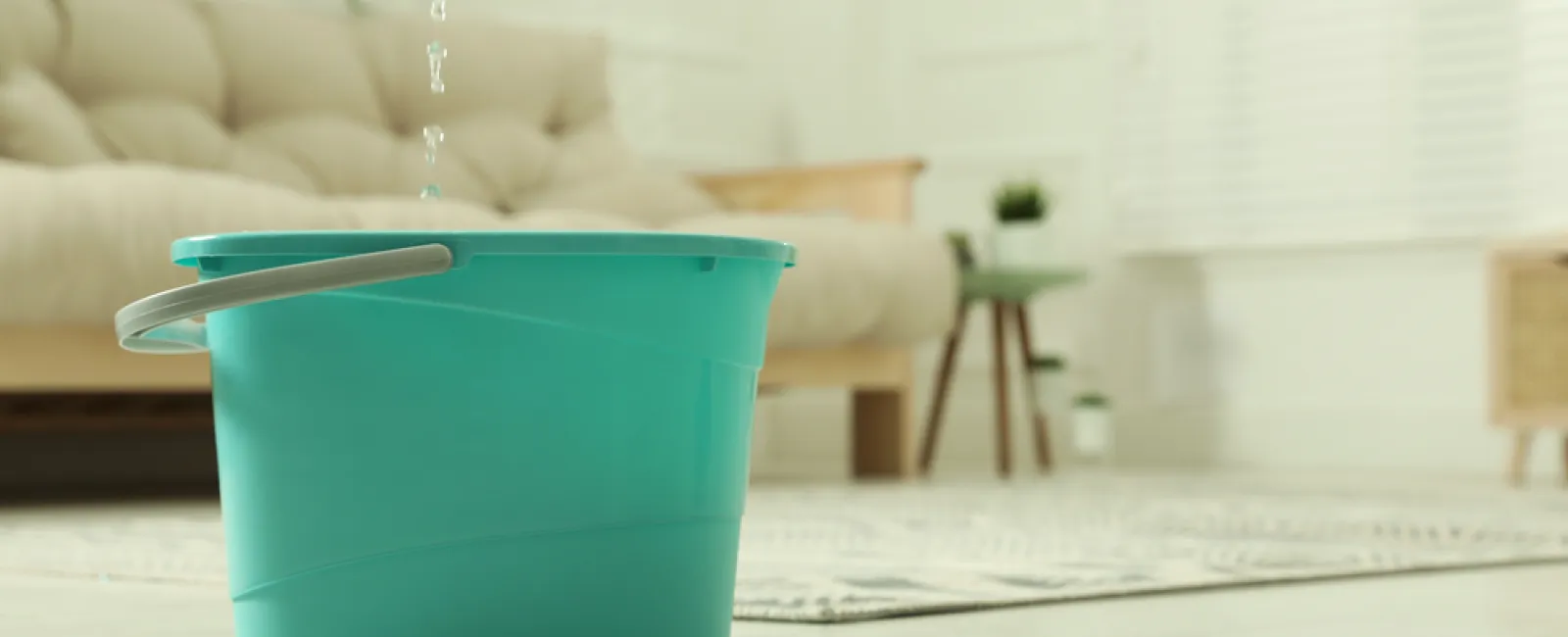Many factors can cause roof leaks, but they're often simply due to the age of your roof. Your roof could be missing shingles, you might need new flashing, or some areas of your roof may need to be re-sealed. These issues can quickly become evident after heavy rain or snow that causes a roof leak.
Routine roof inspections and maintenance can help avoid unforeseen leaks, but things like severe storms and fallen tree limbs can't be avoided. If you have a roof leak, you may be wondering what to do if your roof is leaking. First off, you should contact a professional roofing company for emergency roof leak repair right away. Small leaks turn into big leaks, and they need to be addressed to prevent serious water damage to your home.
Schedule a Free Roof Inspection
Common Causes of Roof Leaks
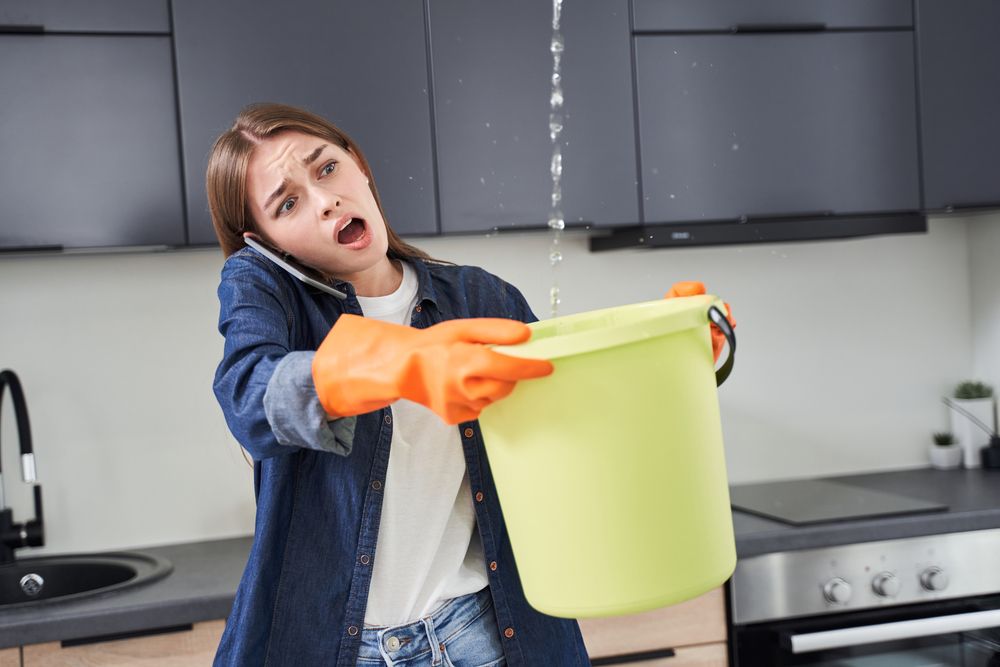
Aside from the age of your roof, other reasons your roof may be leaking include improper installation, material failure, storm damage, and more.
Here are six of the most common causes of roof leaks.
Pipe Boot Failure
Pipe boot failure is the most common cause of roof leaks. A pipe boot is a type of roof flashing that goes around the base of the pipes coming through your roof. Pipe boots can be made of lead, plastic, copper, or other materials, but are most commonly made of neoprene (synthetic rubber).
Over time, UV rays from the sun break down neoprene and cause it to crack. Once it starts to crack, water follows the pipe down through your roof and into your home.
Pipe boots should last around 10 years, but how often they need to be replaced depends on your location, climate, and local wildlife and vegetation.
Improperly Driven Nails
The second most common cause of roof leaks is when a roofing nail comes back out through a shingle. If a nail isn't driven in far enough or driven in sideways, the head of the nail will eventually come up through the shingle.
This is another way water can enter your roof and get into your home, and it can also happen with decking nails. If a decking nail didn't hit wood when the framing was done, the sun can draw the nail through the shingle. Whether the nail was air-nailed or hand-nailed, if the nail was properly driven and not overdriven, you shouldn't have this problem.
Debris in Gutters
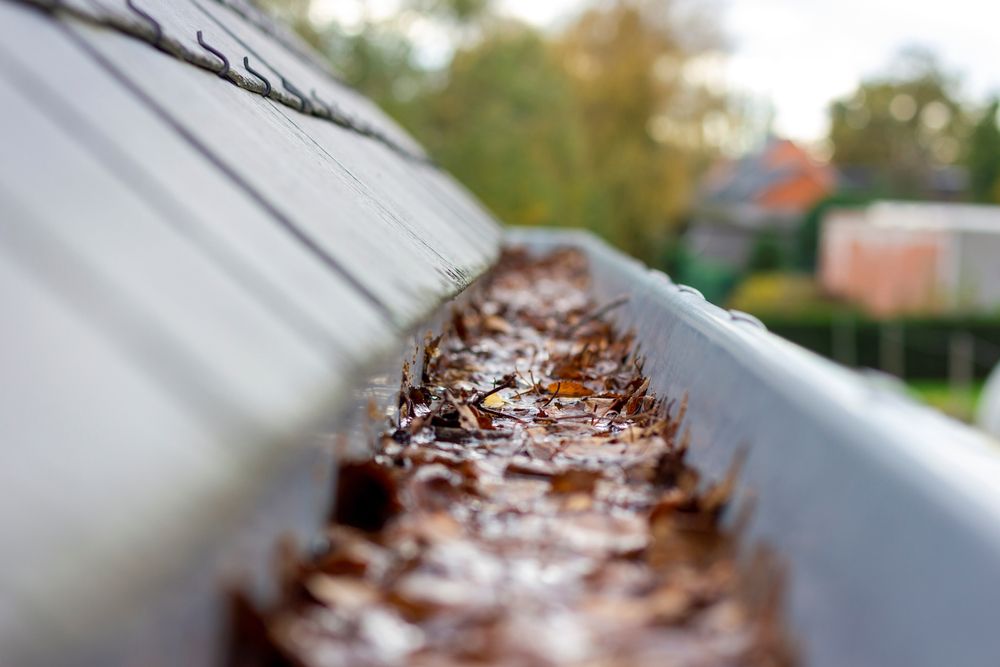
If you have clogged gutters in a valley of your roof, water will eventually start to seep into your home from this area. Roof valleys are where two slopes meet in a V shape and allow water to flow down your roof into the gutters. They're one of the most vulnerable areas to leaks because of the amount of water that flows through them.
Debris-filled gutters in roof valleys will not cause leaks right away, and it may take heavy rainfall for them to show up. This type of leak can be avoided by getting regular roof maintenance and keeping your roof clear of debris.
Chimney Wear and Tear
There are several issues with chimneys that can cause roof leaks. One is problems with flashing under the shingles surrounding the chimney.
If you have a brick chimney, the mortar joints may be the issue. Over a few days of heavy rain, the mortar joints and the bricks themselves can become saturated with water that then comes into the interior of your home.
Water can come through the top of a chimney, whether from a masonry top cracking from being wet and freezing, a metal top rusting over, or fasteners coming loose.
If your chimney has siding, water can get in the corners where the siding butts into the corner boards, which will rot both the boards on the outside and the wood behind the chimney that you can't see.
You'll need to have a roof inspection to identify the cause of chimney damage and related roof leaks.
Improperly Installed Skylights
Leaking skylights are most often a result of the installer failing to follow the manufacturer's installation instructions.
If there's a problem with a component of the skylight, water may drip from it onto whatever is below your home. If the issue is the flashing around the skylight, water will seep through your walls.
Collar Failure Around a Gas Vent
A gas vent is a metal pipe with a cap that ensures any carbon monoxide from gas appliances vents out through the roof. These vents are often installed with a collar over an unsealed pipe, and torrential rains can cause water to splash under the collar and run down the pipe into your home.
An experienced roofer can carefully seal the collar to repair this leak.
Managing Roof Leaks
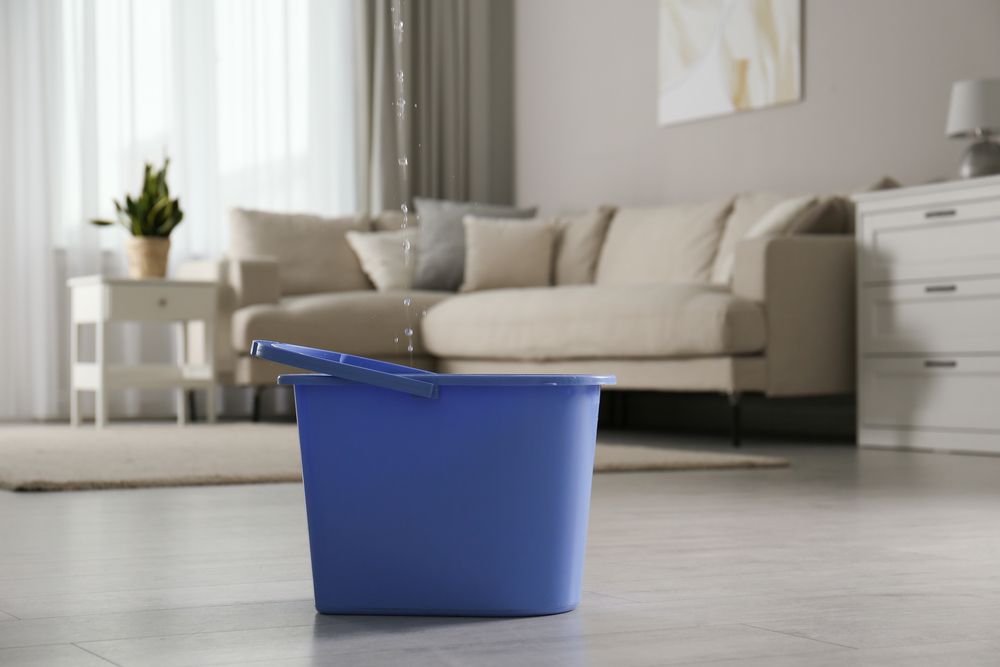
Once you've contacted a roofing company for roof leak repair, you need to know what to do if your roof is leaking in the meantime. There are a few steps you should take to mitigate damage to your property until help arrives.
1. Minimize Interior Damage
Once you've identified the location of the leak, move furniture and other valuables away from the area. Use tarps, plastic garbage bags, or other plastic coverings to protect your floors and walls. Before covering your floor, soak up any standing water to avoid trapping moisture underneath.
2. Contain the Leaking Water
Use buckets, garbage cans, or other containers to capture as much leaking water as you can. Put plastic coverings and/or towels around these containers, and be sure to check the area often and empty the containers as needed.
3. Relieve the Water Pressure
If your ceiling is sagging or bulging, protect the nearby area and use a screwdriver to poke a hole in the lowest point of the bulge. This will help avoid more damage to the surrounding drywall.
4. Take Pictures For Insurance
Documenting the damages from your roof leak is essential for the home insurance claim process. Photos can show the severity of the roof damage. If your electronics, furniture, or other belongings were damaged, be sure to document this.
5. Use a Tarp or Plastic Sheet to Cover the Roof Leak
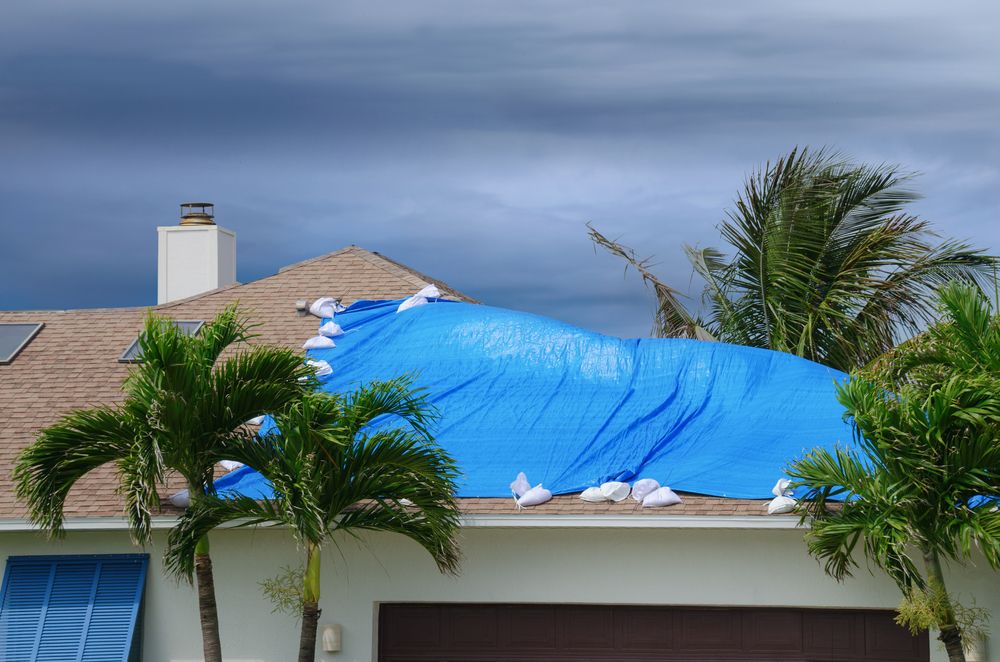
To ensure the safety of our customers, Northpoint Roofing will come out and tarp a roof. This will minimize damage until the roof can be fully fixed.
First, sandwich each side of the plastic sheet between two boards. Nail the two boards together on each side so that the plastic sheet is held firmly in place. You should now be able to pull the sheet tight and set down the boards so that the sheet lays flat.
If you have a sloped roof, place one set of boards over a peak in the roof to anchor the covering in place. Don't nail or staple the tarp directly to roofing materials, as this can cause more leaks.
6. Follow Rooftop Safety Tips
If you're not 100% comfortable going on your roof—don't do it. Focus on managing the leak from inside your house. If you are planning on going on your roof, wait until it is no longer rainy, windy, or showing signs of lightning. Never go up alone, and be sure your ladder is stable and level.
Contact Northpoint Roofing For Roof Leak Repair
When you need roof leak repair in Tennessee and Georgia, turn to the certified roofers at Northpoint Roofing. We are experienced in providing emergency roof leak repair and storm damage roof repair services to get your roof back to protecting your home as soon as possible.
When you contact us for roof repair, we will perform a free drone roof inspection to identify missing shingles, storm damage, and any other issues with your roof. We know that sudden roof damage is stressful, and we will assist you with the insurance process for your repair or replacement project.
Our experienced roofing team uses only top products with industry-leading warranties to guarantee that your roof can withstand the elements and protect your home from damage.
Contact us today for a free roof inspection.

